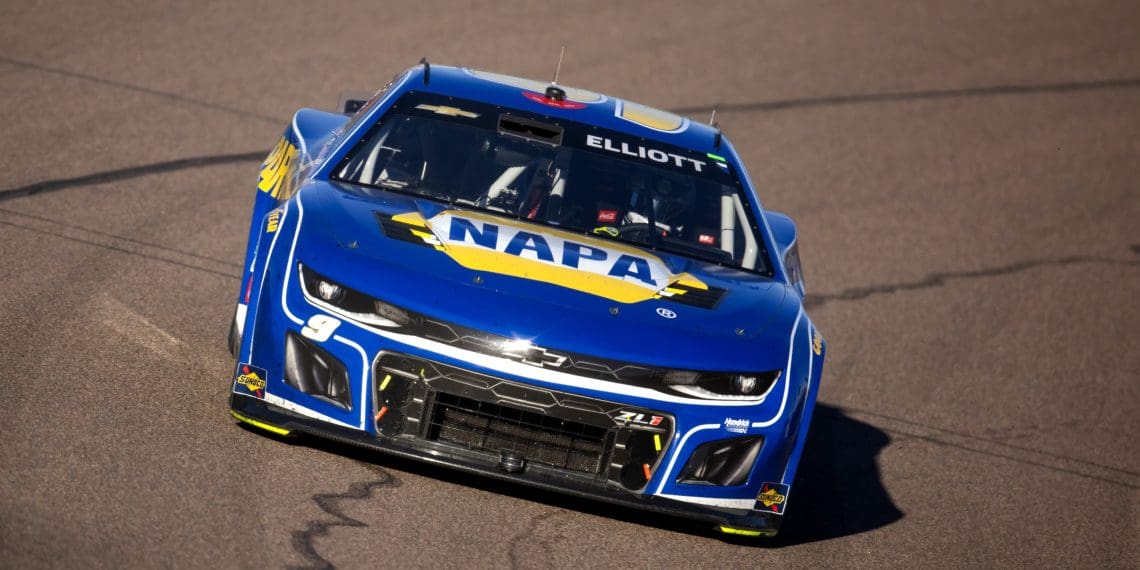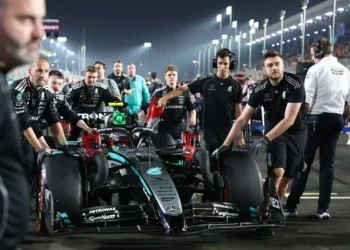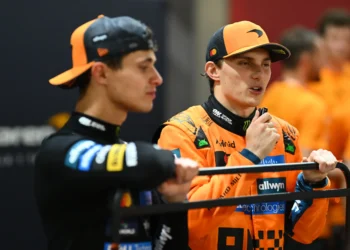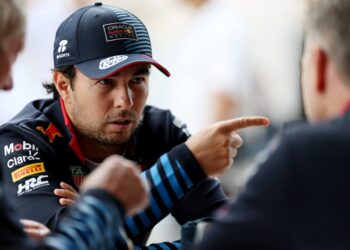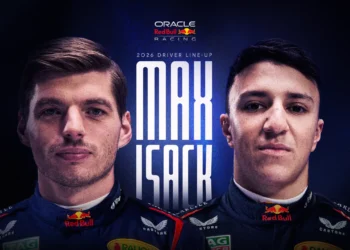Chase Elliott has built his career on versatility, precision, and adaptability. As a 2020 NASCAR Cup Series Champion and one of the sport’s most talented drivers, the Hendrick Motorsports star thrives on ovals, superspeedways, and traditional road courses. But when it comes to street racing, even a driver of Elliott’s caliber finds himself facing an uphill battle.
After struggling to a 21st-place finish at the 2024 Grant Park 165 in Chicago, Elliott is now openly acknowledging the unique challenges of NASCAR’s only street race—and the adjustments he must make to stay competitive.
Why Street Racing is Elliott’s Achilles’ Heel
In a candid interview with Fox 32 Chicago, Elliott sat down with fellow driver Bubba Wallace and offered rare insight into what makes street racing so difficult, especially when compared to traditional road courses.
“Just finding that balance of risk versus reward… throwing the rain into that the last couple of years had added a whole different element to a track that you already didn’t really have a lot of knowledge of. That made it tough.”
Street circuits, like the temporary layout in Chicago, present an entirely different challenge than the road courses Elliott has dominated in the past.
Unlike tracks such as Watkins Glen or Sonoma, which offer runoff areas for mistakes, a street race has zero room for error.
“At a lot of normal road courses that you go to, you can get away with a mistake,” Elliott explained. “But here there’s no room to run off the track.”
One minor miscalculation? Straight into the wall.
The Science Behind NASCAR’s Street Racing Struggles
Beyond the tight corners and unforgiving barriers, engineers also face a massive challenge in setting up cars for street races.
- Public roads aren’t built for racing – The surface is uneven and bumpy, requiring major suspension adjustments.
- Tight corners limit speed – Engineers must sacrifice raw horsepower for better handling and balance.
- Elevation changes add complexity – The Grant Park course features a bridge section, forcing drivers to adjust braking and acceleration mid-race.
- Overtaking is a nightmare – The narrow layout means passing is difficult, making qualifying and strategy more important than ever.
Even Formula 1 veteran Jenson Button, who has raced on some of the world’s most difficult street circuits, admitted that NASCAR’s adaptation to the format is a steep learning curve.
“It’s a big learning curve for everyone. There is no room for error.”
Can Elliott Turn the Tide in 2025?
Despite his setbacks on street courses, Elliott is determined to figure it out.
With one of the best teams in the sport behind him, and his reputation for adapting and improving, there’s little doubt that he will work to overcome this challenge.
As NASCAR continues to explore new race formats and locations, the importance of street racing could grow—and Elliott will need to be ready.
For now, though, the Grant Park 165 remains a puzzle he’s still trying to solve.
Will 2025 be the year Chase Elliott finally masters the streets of Chicago?

